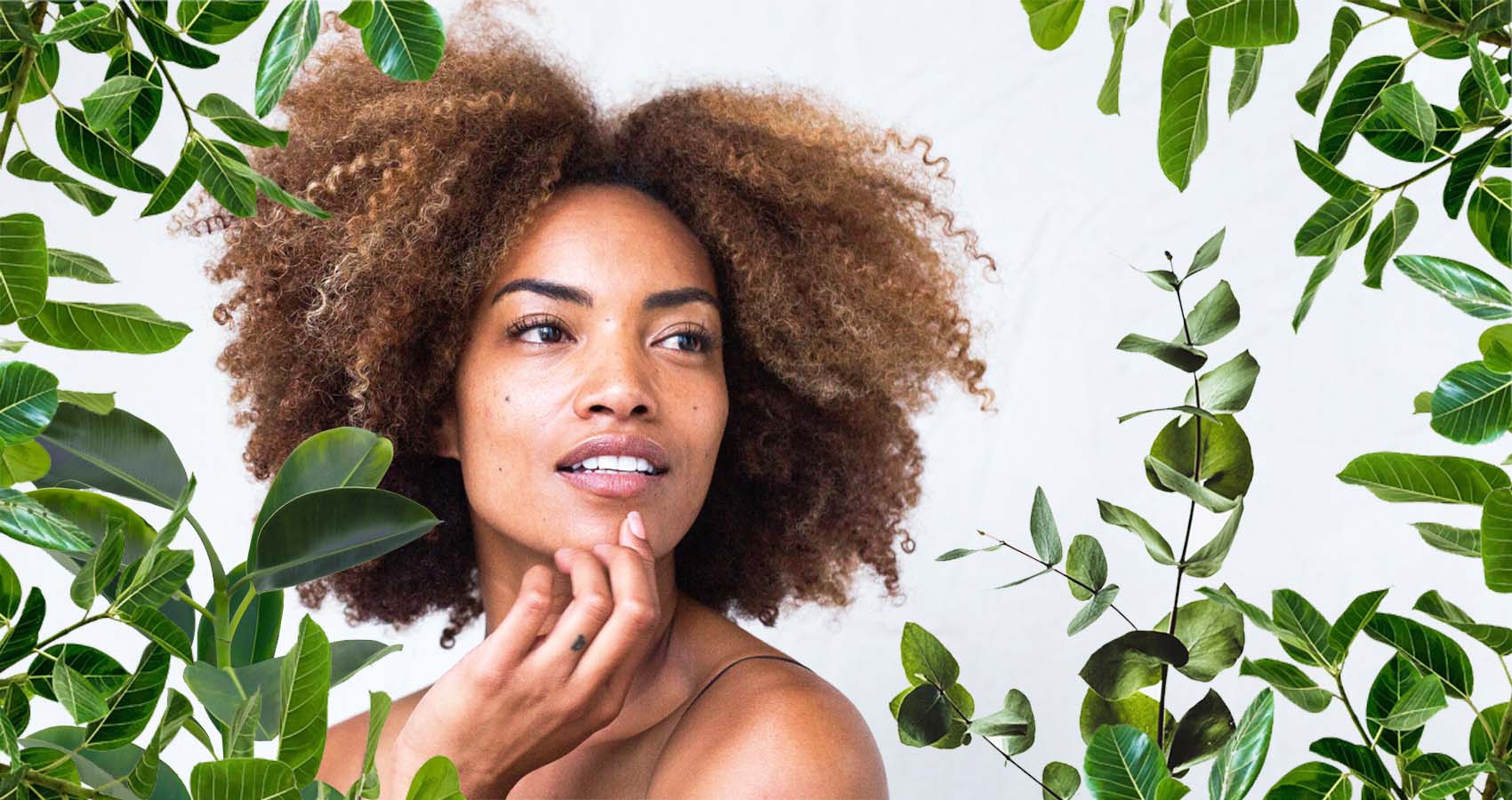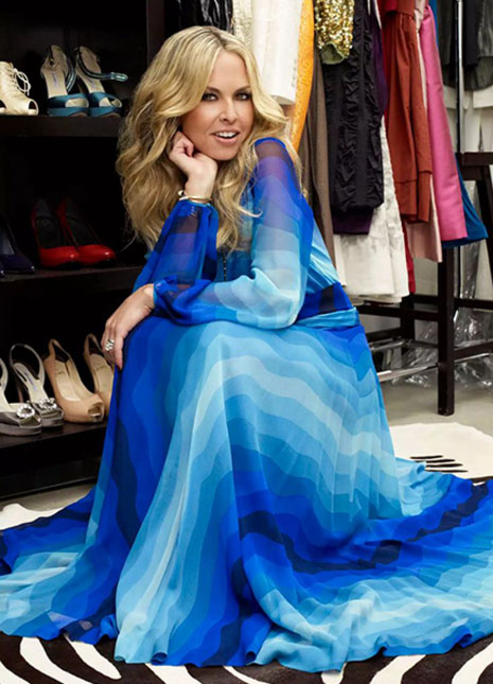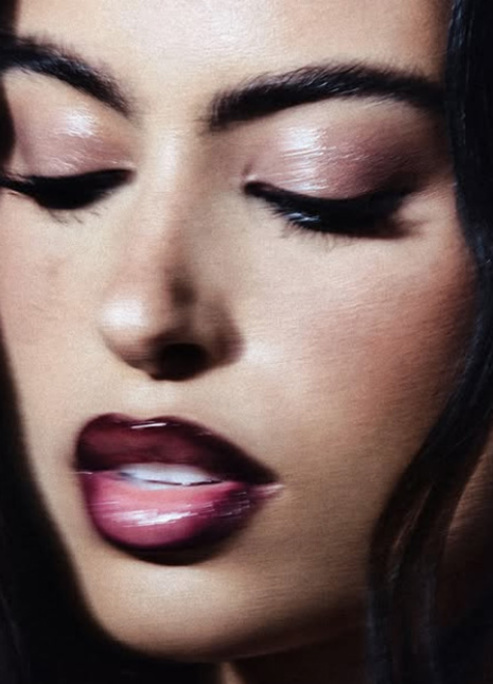
L'Oréal's Commitment to "Green Sciences"
Sustainability in beauty just got that much more achievable.
Sustainability is a topic that many leading beauty brands tend to shirk away from. However, L’Oréal has made a commitment to the greater green good of our natural world. They have set themselves a goal that “By 2030, 95% of its ingredients will be derived from renewable plant sources, abundant minerals, or circular processes; and 100% of formulas will be respectful of the aquatic environment." L’Oréal has made a commitment to “Green Sciences”—an extension of L’Oreal’s understanding of “Green Chemistry”—a developing form of science that attempts to create products that are scientifically enriching, whilst also having a minimal impact on the environment.
The premise of “Green Chemistry” is, according to L’Oréal’s website, based on three pillars:
• “Using primarily botanical, and therefore renewable, raw materials
• Developing eco-friendly processes. To this end, L’Oréal’s researchers are committed to reducing the number of synthesis steps as well as solvent and energy consumption.
• Developing ingredients with favorable environmental profiles. Eco-design helps improve the formulas’ environmental profiles, particularly by increasing their biodegradability and reducing the water footprint.”
This “Green Chemistry” has been a method of thinking within L’Oréal for some years now. In 2006, the brand developed Pro-Xylane, an anti-ageing active ingredient that is made from sawdust-derived sugar. They have since created other active, planet-conscious ingredients such as, Rhamnose, carrageenans and the family of C-glycosides.
L’Oréal’s official website says that “Already by 2020, 80% of the Group’s raw materials are easily biodegradable, 59% are renewable, 34% are natural or of natural origin. 29% of the ingredients used in L’Oréal formulas were developed according to the principles of Green Chemistry.”
Nicolas Hieronimus, L’Oréal Deputy Chief Executive Officer, in charge of Divisions says, “With Green Sciences we are entering a new chapter for L’Oréal Research & Innovation, which has been a key driving force behind the company since its creation. Our ambition is that by 2030 we will be able to offer women and men around the world increasingly effective, safe cosmetics that respect the environment.”
L’Oréal’s “Inside Our Products” website has always pushed the importance of conscious transparency between the company and its customers. Launched in 2019, the site answers questions from the public about the ingredients and composition of each of their products. This allows L’Oréal to be questioned, and subsequently held accountable for, their sustainability practices. L’Oreal’s website also details the launch of an information campaign. Part of the L’Oréal for the Future program, the campaign was started to highlight the environmental and social impact of cosmetic products on our planet.
As one of the first mainstream beauty brands to divert from animal testing, this commitment to “Green Sciences” is hopefully one that will inspire other beauty companies to become more environmentally conscious. Whilst 2030 seems a long way off, hopefully these scientific developments will help pave the way for a more sustainable, and beautiful, future of cosmetics.
Next up, Don’t DIY Lip Fillers, Experts Warn











